Home Accessibility: 5 Basic Tips to Make Your Home Senior-Friendly
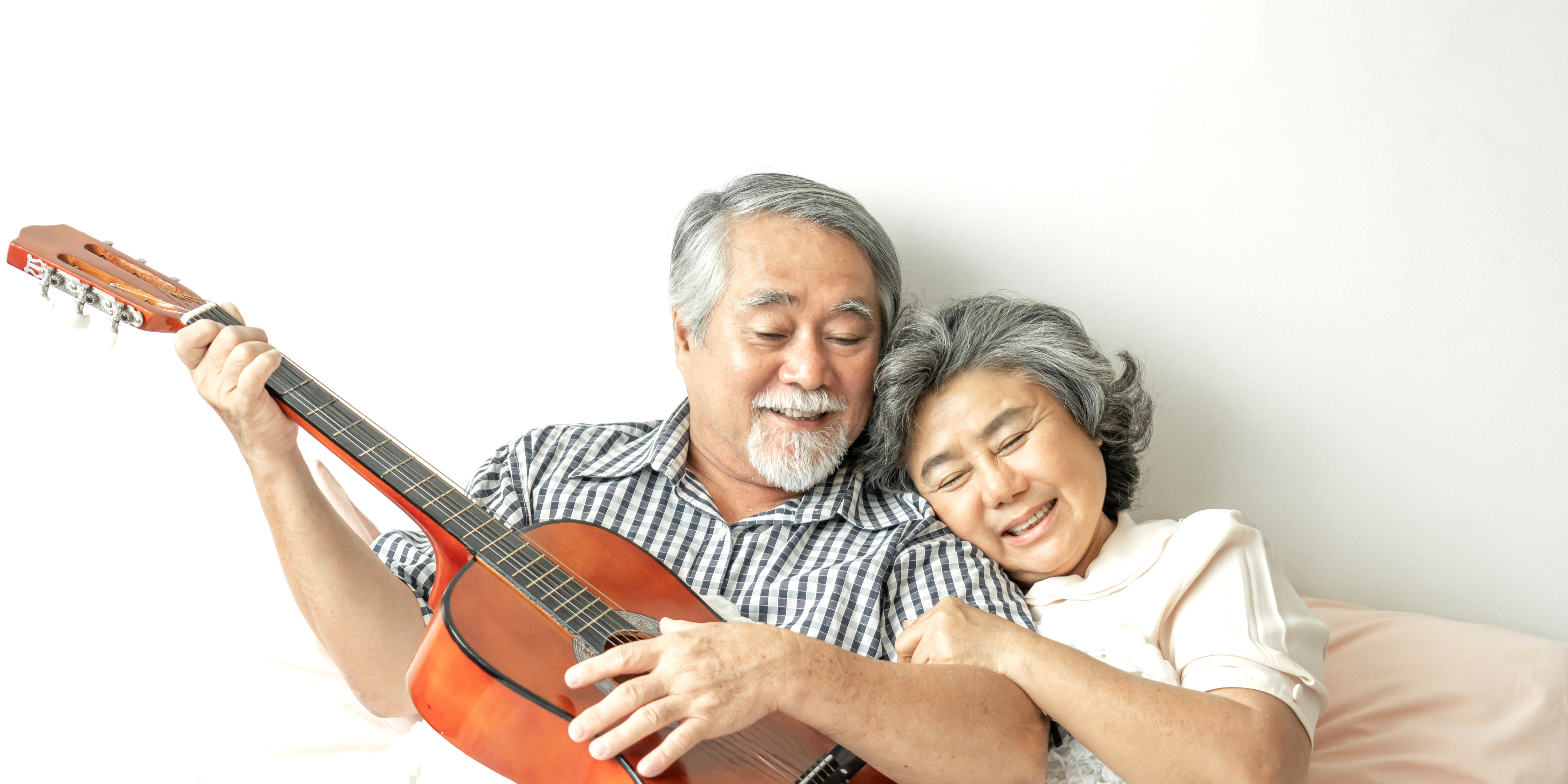
Updated on March 3, 2022
Making your home more accessible and friendlier for older adults isn’t just about installing costly equipment, such as stairlifts, ramps, or patient lifts. If you, a loved one, or one of your patients are looking to age in place rather than in a senior care facility, there are plenty of basic steps you can take to make this process as simple and quick as possible. Small home modifications can make a huge impact on your space’s safety.
Aging in place should be a safe and comfortable experience. Is your home ready for it? We share 5 basic tips to make your home senior-friendly:
1. Remove tripping / falling hazards
According to Veterans Affairs Canada, falls account for more than half of all injuries among seniors, making them the leading cause of injury for the elderly in Canada. However, falls are preventable.
One of the simplest ways to minimize the risk of falls in and around the home is by removing tripping hazards. Before you consider investing in expensive home accessibility equipment, assess your house for items and clutter that increase the risk of accidents and address them.
- Remove rugs in transit areas (such as the hallway, the living room, etc)- if you must hold onto a particular rug or mat, make sure you underlay it with a anti-slip pad, and even consider taping it in place.
- Pick up clutter or any stray objects from the floor (such as pet toys).
- Make sure transit areas are clear and easy to maneuver through- this may mean redecorating a little bit and removing any furniture from hallways, or rearranging the living room to allow more space for people, especially those with mobility devices, to move through it easily.
- Wipe up any spills IMMEDIATELY- especially in frequently-wet rooms such as the kitchen or the laundry.
- Keep electrical cords out of the way.
2. Install grab bars, handrails and lever-style door handles
Don’t rely on pieces of free-standing furniture as a place to hold onto, as they may tumble or cause extra injury in the event of a fall.
Instead, it is advisable to install simple home accessibility equipment such as grab bars or handrails in dangerous or difficult areas such as hallways, stairs, or the bathroom for extra comfort and safety. Check out this guide to grab bars and handrails.
While handrails and grab bars have previously lacked a certain aesthetic appeal, manufacturers now offer variety without the clinical feel and can beautifully complement any design. There are different textures, materials, colors, and sizes to choose from.
Do you know that the city of Vancouver has banned the standard round doorknobs in new buildings erected from 2014 and onwards? Even if this regulation does not apply to your home, we recommend removing round door handles and replacing them with lever-style ones. Levers are typically easier to use, especially for seniors (and even kids) with limited strength or dexterity.
3. Ensure your space is well-lighted
This is very important: Make sure your home is well-lit, especially in areas such as entrances, stairs, bathrooms, and hallways.
Areas around the front and back doors of your house should be well-lit to make it as easy as possible to unlock and open the door. It is a smart idea to install lighting fixtures that have two light bulbs in these areas, to ensure that there is always light, in case one of the bulbs goes out. Your driveway, and any paths leading to your front door or backyard, should also be well-lighted.
Put up night lights on hallways, bedrooms, and bathrooms to make it safer and easier to move around your home at night. Consider motion-activated light fixtures- which will turn on or off based on detected movement and eliminates the need to raise an arm to flick a switch in the dark.
Other areas that must be well-lighted but tend to be missed out on? Inside your kitchen and bathroom cabinets, or around your bookshelf and dressers. Save yourself from the time and effort of rummaging around in the dark to find what you’re looking for.
4. Improve accessibility of your doorways
Another aging in place must-have are automatic door openers on the interior doors of your house. They will make it extra easy to move around your home, especially if you suffer from conditions that affect your strength and dexterity, such as arthritis or muscle weakness.
If you use a walker or wheelchair, you may also want to install basic threshold ramps on the exterior doors of your house. It is challenging to move through doorways with a mobility aid, so consider exchanging the regular hinges on your doors for offset hinges- these will allow the door to swing completely out of the way of the frame as it opens, giving you more space to move through.
It may also prove worthwhile to research ways to reduce the threshold of your doorways. Older homes tend to lack integrated weather-stripping around the doorframe, creating a higher threshold, which can increase the risk of tripping.
5. Make your stairs senior-friendly
Stairs are an obvious high-risk area for seniors wanting to age in place. However, there are some simple steps you can take to make them as safe as possible.
The stairs is another area that should always be well-lit: it is a good idea to install a motion-activated lighting fixture above your stairs so you don’t have to remember to turn the lights on and off.
Secondly, apply some screw-on aluminum nosing to the leading edge of the stair treads. This will make each step easier to see, and will also provide a ribbed surface for extra grip for your feet. These can be installed on both solid and carpeted stairs with just a few screws.
Handrails on EITHER side of the stairs are non-negotiables- these are to make sure you have something sturdy and accessible to hold onto with both hands. If you are bound to a wheelchair or have mobility challenges, consider installing a stair lift (or chairlift) to allow you to go up and down your stairs safely and conveniently.
Remove any loose rugs or other tripping hazards around the stairs area to minimize the risk of falls.
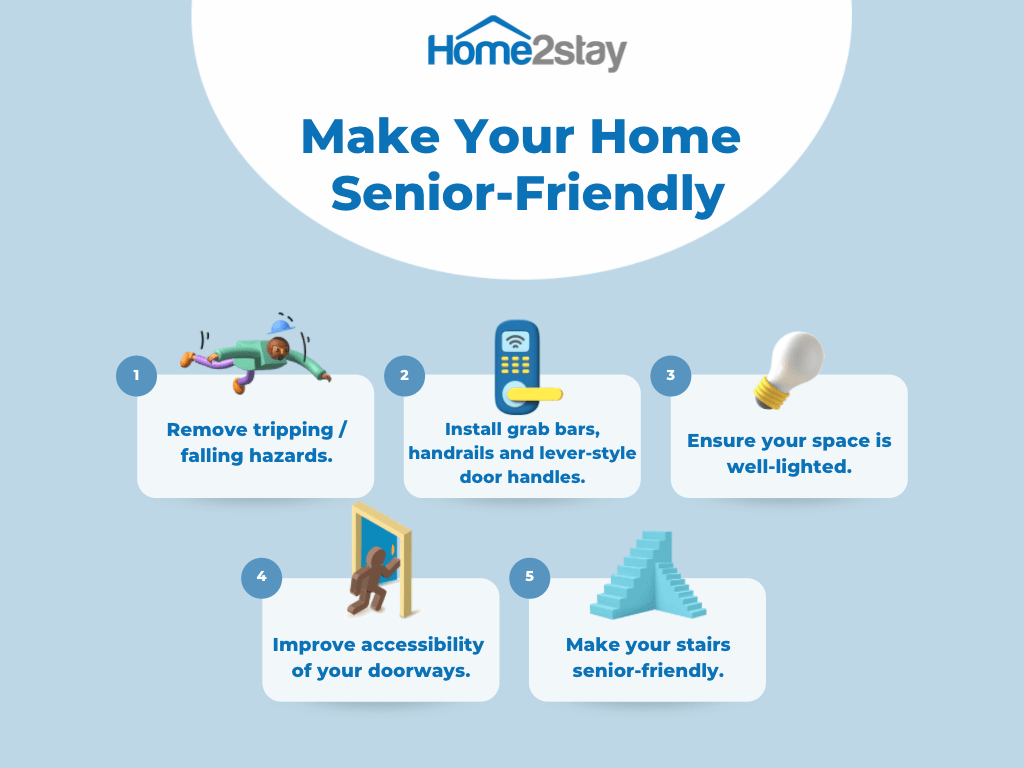
According to a recent study, 72% of seniors in Canada prefer to stay at the home they love, surrounded by people and things they are familiar with, over entering a nursing home.
Aging in place has also been shown to improve physical health and overall quality of life for seniors. Many people view staying at home as the safer option too- as exposure to bacteria, viruses and illnesses will be minimized for the more vulnerable older population.
The good news is- making your home more senior-friendly does not have to be complicated. You can incorporate these simple tips one at a time, to minimize disruptions in your space; or you can do a more major renovation, in case you have the time and option to stay with family members for a period of time.
Invest in these simple home modifications now, and enjoy the benefits of a safer, senior-friendly home for the years ahead of you!
Get the help of experts in your area, to get a plan that is customized to your needs. If you are in the British Columbia region, Home2stay can help you with accessibility solutions and modifications for your space. Contact us for a FREE ASSESSMENT (worth $150) to help you prepare your home for aging in place.
Updated by Mia Brigette Chua on March 3, 2022
Mia Chua is an offshore team member of Home2stay, managing marketing, content creation and assisting with overall operations. Accessibility and inclusivity are global issues, and she has big dreams to someday bring what she learns from Home2stay to influence positive changes to her own country across the globe.
Prior to joining Home2stay, she worked in operations and marketing in the real estate and fast-moving consumer goods industries.
Her interests include picking up new skills, cooking and baking, health and wellness, technology and social issues.
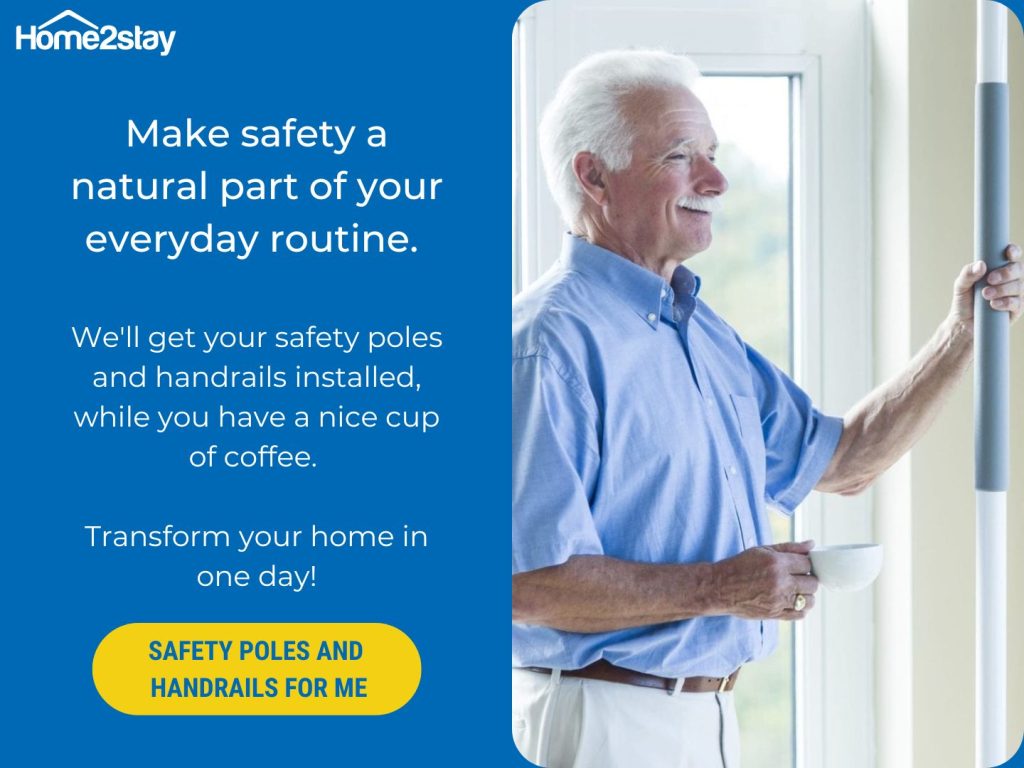

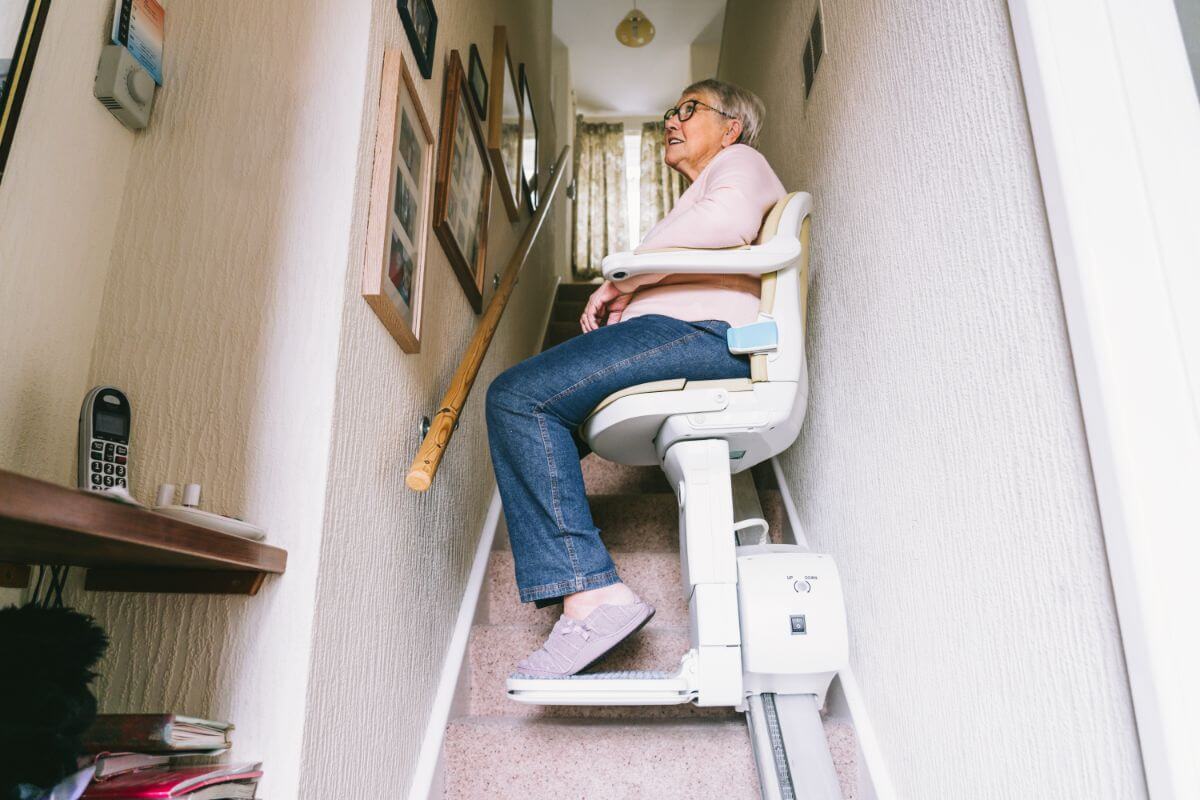

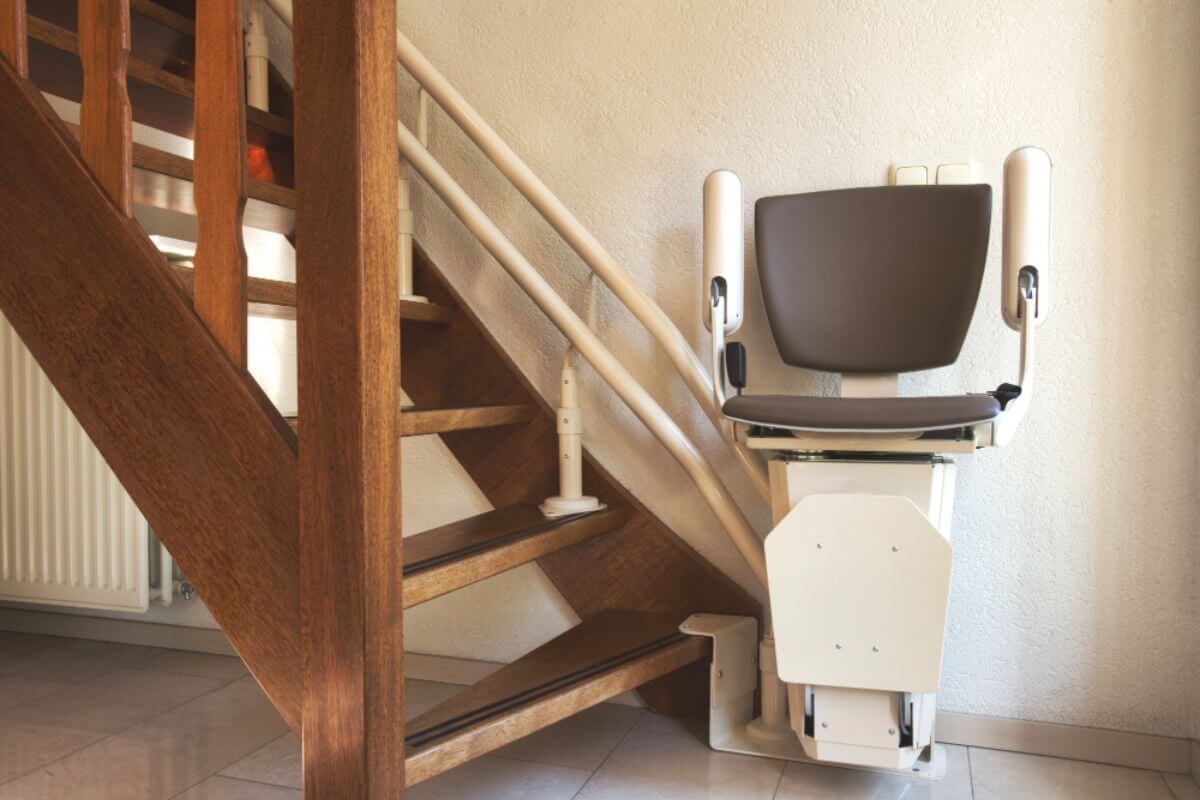
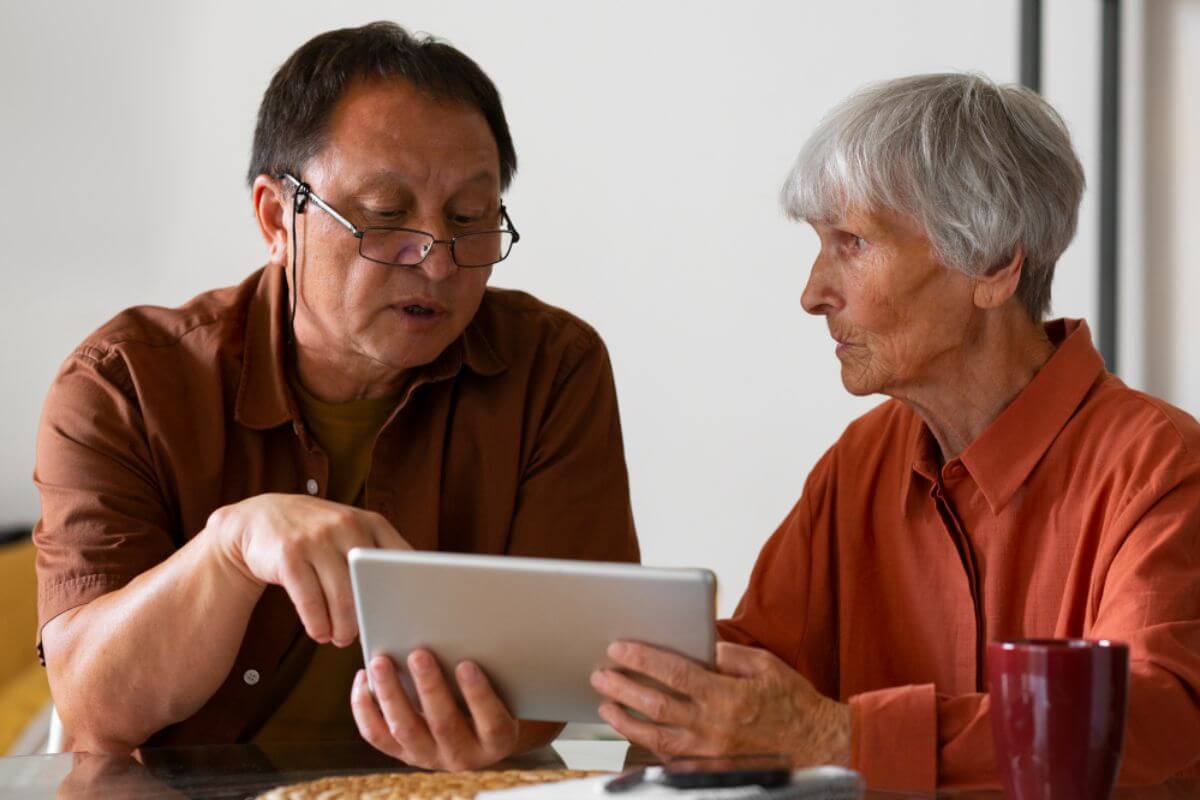
Leave a Comment
We'd Love to Hear Your Thoughts Got something to say? We're all ears! Leave your comments below and let us know what you think. Your feedback helps us improve and serve you better. Can't wait to hear from you!